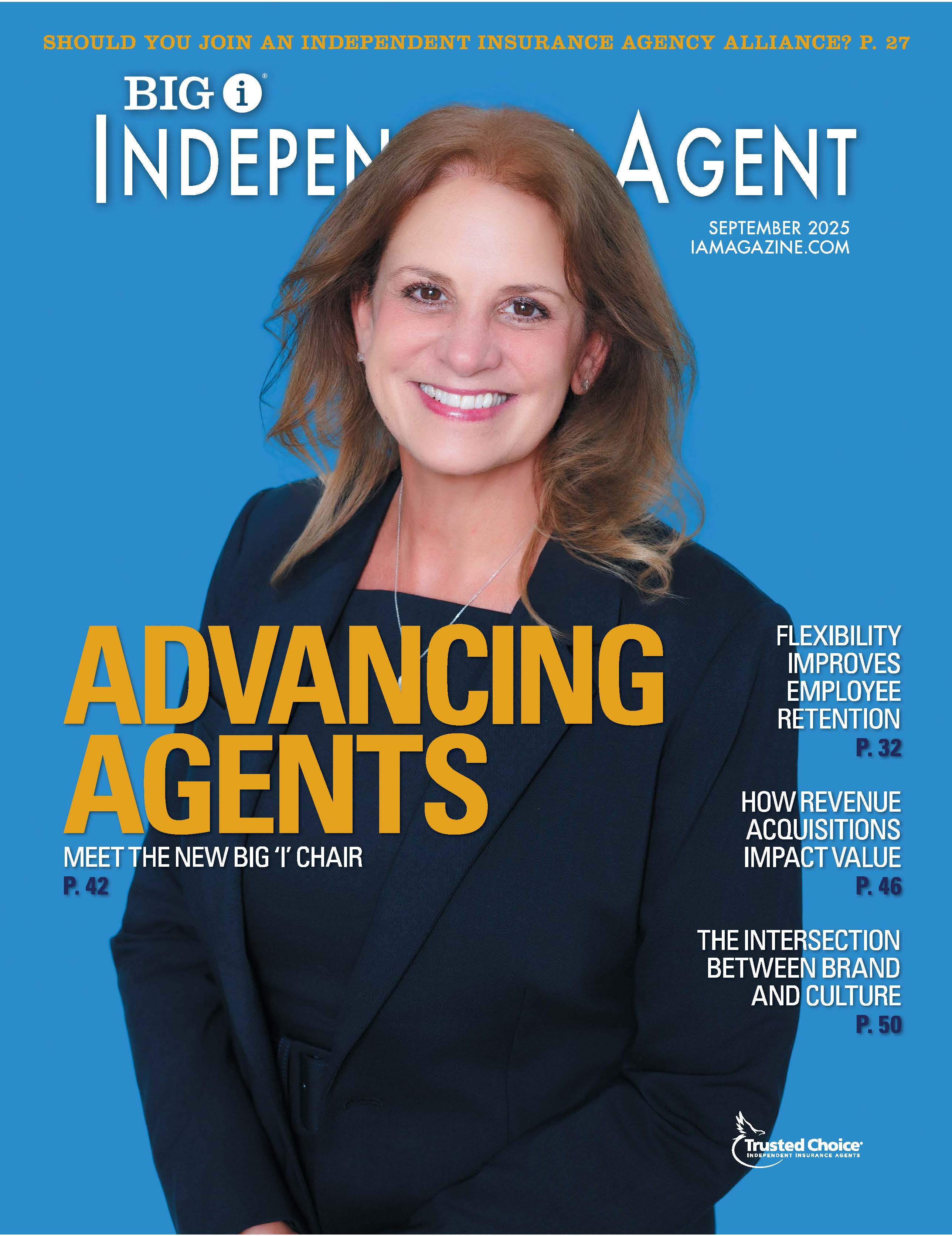How the Standalone Canine Liability Policy Helps With Dog Bite Exposures

By: Deborah J. Turner
Finding coverage for canine liability has become quite challenging these days. In the past, homeowners, renters, and other residential policies included coverage for animal liability. These days I estimate only about half of the carriers will provide canine coverage, and often those policies have a canine-related sublimits. The solution: A canine standalone liability insurance policy.
In the past, if a dog bit you, others might ask if you provoked the dog. Now a dog that comes at you with a menacing look will often be labeled as dangerous. Repeatedly, conversations with insureds facing an incident tell the same story: “My dog has never before bitten, scratched, or tripped anyone, or hurt a person or another animal.”
Canine liability can arise from a variety of incidents. Falls over dogs can cause serious injuries, especially in the elderly. Scratches, nips, or trips settle for tens of thousands of dollars. Carriers may empower claims adjusters to determine the breed of the dog and then decline coverage. Due to the breed mislabeling of so many dogs, your agency risks getting caught in the middle of a breed exclusion declination.
Canine Underwriting
Underwriters follow their company guidelines and may decline dogs because they may appear to be a “dangerous breed.” When it comes to breed restrictions, the list of dangerous breeds varies from one company to another, However, one breed at the top of the list with almost every company is the pit bull. Dogs labeled pit bulls include almost any dog with a square head and a muscular body. If we label all dogs fitting that description as pit bulls, then it is no surprise that most see pit bulls as dangerous.
The identification of a dog’s primary breed is not possible with DNA as it is an unregulated industry. Researchers provided 100 pictures of mixed breed dogs to several thousand animal service employees, veterinarians, groomers and breeders, in a study by the University of Florida. The group correctly determined the breed only 27% of the time.
To see if you can identify a pit bull, play the Find the Pitbull game. If authorities mislabel most dogs that bite as pit bulls, there is little hope that their reputation will ever be vindicated.
Canine Coverages
Standalone canine underwriting is unique to each program. Some carriers may have fence height requirements or large deductibles, while another policy may only have limits of $100,000. It is possible, however, to write $1 million limits. The premiums for those higher limits typically range in the thousands of dollars.
Since each carrier covers standalone canine liability differently, here are some coverage items to watch for as your recommend canine coverage.
- Can the insurer add additional insureds? Today’s trend is “take a dog to work.” The employer may request additional insured status in some cases. The same holds true for a landlord.
- Are defense costs inside or outside limits?
- What credits, such as a fenced yard, can the insurer offer?
- Is the dog covered off premises?
A key coverage to watch for is off-premises coverage, since many claims are the result of dogs slipping out of the door or fence, walking the dog, or taking the dog to events away from home. While some standalone policies may have off-premises coverage, they may not cover the incident if the dog is off leash for any reason. Not all the policies include coverage if the dog is handled by someone who is not the owner—for example, if you leave your dog at doggy daycare.
Finally, the deductibles range from zero to several thousand dollars.
Agents’ Errors & Omissions Exposures
Insurance agents do not always ask about pets, says Angela Schroder, president, U.S. E&O Brokers, a division of U.S. Risk LLC. New home buyers may not have a pet until they move into their new home and the exposure can go undetected.
Property owners who lease their properties may even request renter’s insurance from their tenants, accept a pet deposit, but never check the coverage to see if it covers canine liability coverage.
Whether an insurance agent can prevent this type of claim or not, an injured party can still sue the agency for damages and must still pay their deductible and even suffer reputational damage.
Your insureds may assume that if their homeowners policy doesn’t cover the loss, their umbrella will. However, since most umbrellas are now following form, if there is no coverage under the underlying form, there is no umbrella coverage.
Many companies restrict canine coverage or require liability sublimits on their policies. Just because homeowners policies used to include or at least were silent on canine liability does not mean they are today. Dog-related claims are taking a bite out of insurer profitability, so underwriting standards are becoming more stringent.
Deborah J. Turner is the president of Dean Insurance Agency Inc.
This article was originally published in the Big “I” Virtual University.










